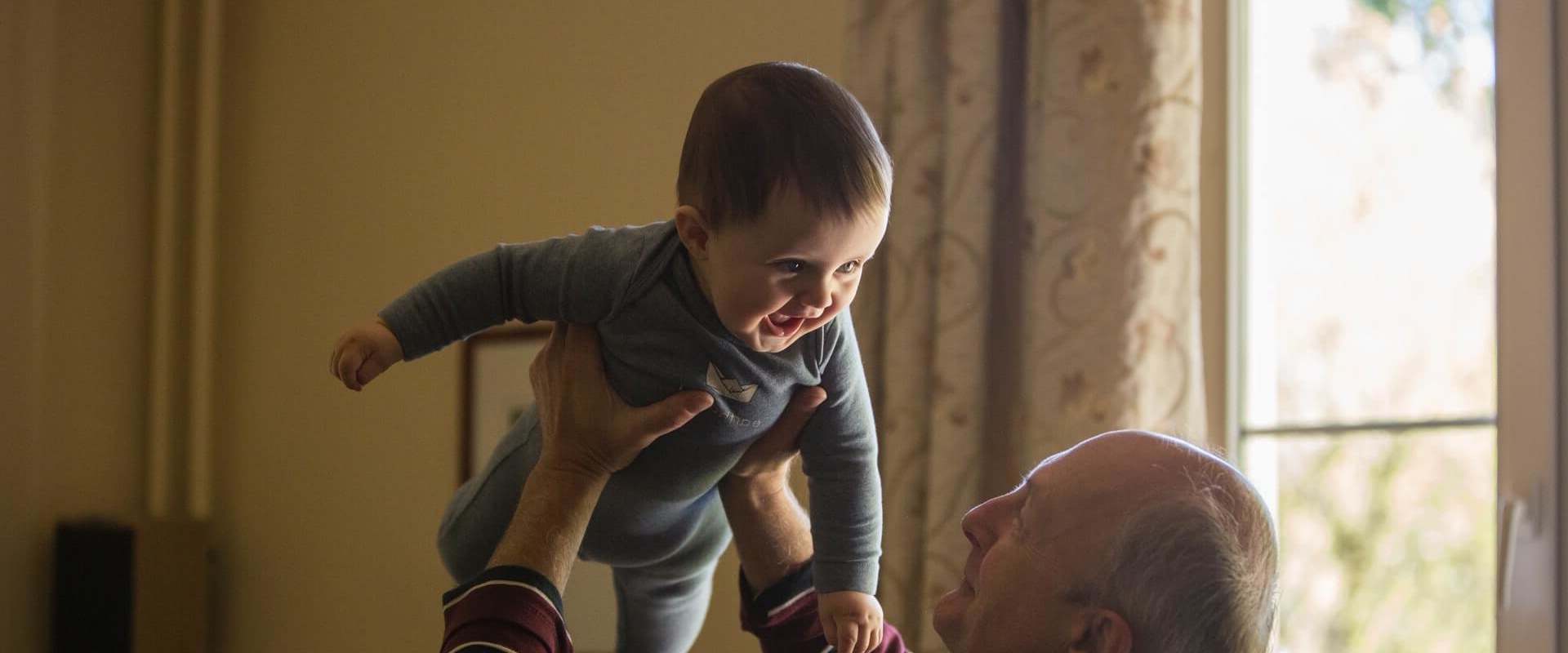With equity release, you can borrow between 20% and 60% of the value of your home with a lifetime mortgage, or between 80% and 100% of the value of the property if it is a home reversal plan. The capital release is commonly used to release money that is tied up in your home and the minimum age requirement is 55 years old. The maximum percentage of capital you can release from your home is usually up to 60% of the value of the property. Usually, the older you are, the more capital you can free up.
In addition, according to MoneyHelper, some equity release providers offer larger sums to homeowners with certain medical conditions. Use this home equity loan calculator to see if a lender could give you a home equity loan and how much money you could borrow. Home equity refers to how much of the home is actually yours, or how much you “paid”. Every time you make a mortgage payment, or every time the value of your home increases, your equity increases.
As you build up capital, you may be able to borrow in exchange for it. To determine how much you can borrow with a home equity loan, divide the outstanding balance on your mortgage by the current value of the home. Based on your financial history, lenders generally want to see an LTV of 80% or less, meaning your home equity is 20% or more. In most cases, you can borrow up to 80% of the total value of your home.
Therefore, you may need more than 20% home equity to take advantage of a home equity loan. The term is the number of years it will take to pay off the loan. For a given amount and interest rate, a longer term will have lower monthly payments, but will charge more total interest over the life of the loan. A home equity loan gives you all the money at once with a fixed interest rate.
HELOCs act more like credit cards; you can borrow what you need as you need it, up to a certain limit. HELOCs have adjustable or variable interest rates, meaning your monthly payment may change, but you pay interest only on the amount you withdraw. Lenders generally charge 5% interest on the amount of money you release. However, this varies from vendor to provider, so we always recommend that you seek financial advice.
Age provides us with a value loan (LTV), which is the maximum percentage that the equity release lender could lend on a property. Be careful with the contracts you sign when applying for capital to ensure that you have insured a percentage of your home to your family. A housing reversal plan, which pays no interest; instead, you own a percentage of your home and there is also a lifetime mortgage with monthly interest payments and a principal repayment at the end. The amount that can be released is dictated by the age of the borrower, represented as a percentage of the value of the home (the youngest, if they are a couple).
The age of the youngest homeowner has a significant impact on the maximum percentage you can accept in a capital release plan.





